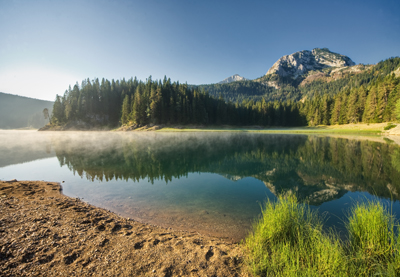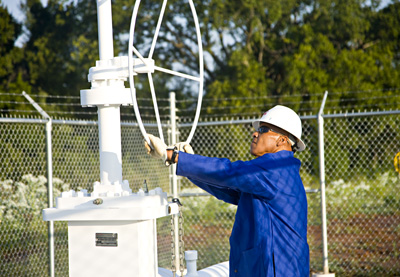


The SemGroup team routinely works with federal agencies including the Environmental Protection Agency, Army Corps of Engineers and the U.S. Fish & Wildlife Service, as well as the state and local agencies in our areas of operation. On each project, SemGroup strives to minimize impacts to the air, land and water. We work with experts from many scientific fields including, archaeology, wetlands and endangered species to evaluate potential projects and to avoid impacts to the natural environment. We then work with those same experts during the construction and operation of our projects to ensure our activities are in accordance with environmental regulations. When impacts are unavoidable, we work with local, state and federal officials to plan and permit our facilities. Once in operation, we routinely monitor and manage the integrity of our pipelines and work quickly to either repair or remove pipelines from service to prevent impacts to human health or the environment.

All living things need air. At SemGroup, we ensure our facilities meet or exceed air emission requirements set by the Environmental Protection Agency and state environmental programs. We routinely audit and monitor our operations to ensure our air emission controls are operational and in compliance with regulations.

In March 2014, the United States Fish and Wildlife Service announced the lesser prairie chicken met the definition of a threatened and endangered species under the Endangered Species Act. Since SemGroup operates in areas determined to be critical habitat to this species, SemGroup is supporting efforts to preserve its habitat. SemGroup is proud to be participating in two United States Fish and Wildlife Service approved conservation plans: the Range Wide Conservation Plan and the Range-wide Oil and Gas Candidate Conservation Agreement with Assurances. In conjunction with the plans, SemGroup has committed financial resources to support the preservation of critical habitat in Colorado, Kansas, New Mexico, Oklahoma and Texas and has implemented various habitat conservation measures during construction, operation and maintenance of our facilities. More information on how to support the lesser prairie chicken can be found at http://wafwa.org/

Water is a precious resource. The SemGroup team is taking steps to minimize our impact on water quality and availability.
Quality - We work to identify, locate and document public water supply intakes and sensitive receptors in the vicinity of our pipeline river crossings and facility operations. We use this information to plan, prepare and educate our responders in the event of a release to water from our pipelines or facilities so that those intakes and sensitive receptors can be protected.
Availability – Our engineers look for opportunities to re-use water throughout our operations. Whether it is scheduling new tank and pipeline testing so that the same water may be used to test multiple pipelines and tanks simultaneously, to evaluating the use of on-site holding ponds for the storage and reuse of water on projects; SemGroup strives, not only to reduce water consumption, but to reduce the need for hauling and disposal of process water.

At SemGroup, we strive to have a zero incident culture, however we do realize that incidents can and sometimes do happen. We are prepared. Through coordination with public officials and various experts, SemGroup has developed plans and procedures to respond to incidents. In addition, our employees participate in multiple training events during each calendar year and we routinely hold public awareness events with public officials, first responders and residents in the communities in which we operate to promote a working relationship and understanding of resources available during an incident.
Our number one goal during an incident is to protect the life and the health of the members of the community and to ensure all responders, residents and employees go home safely. When incidents occur, we work quickly to minimize risks to the public and begin the evaluation, remediation and restoration of the environment.